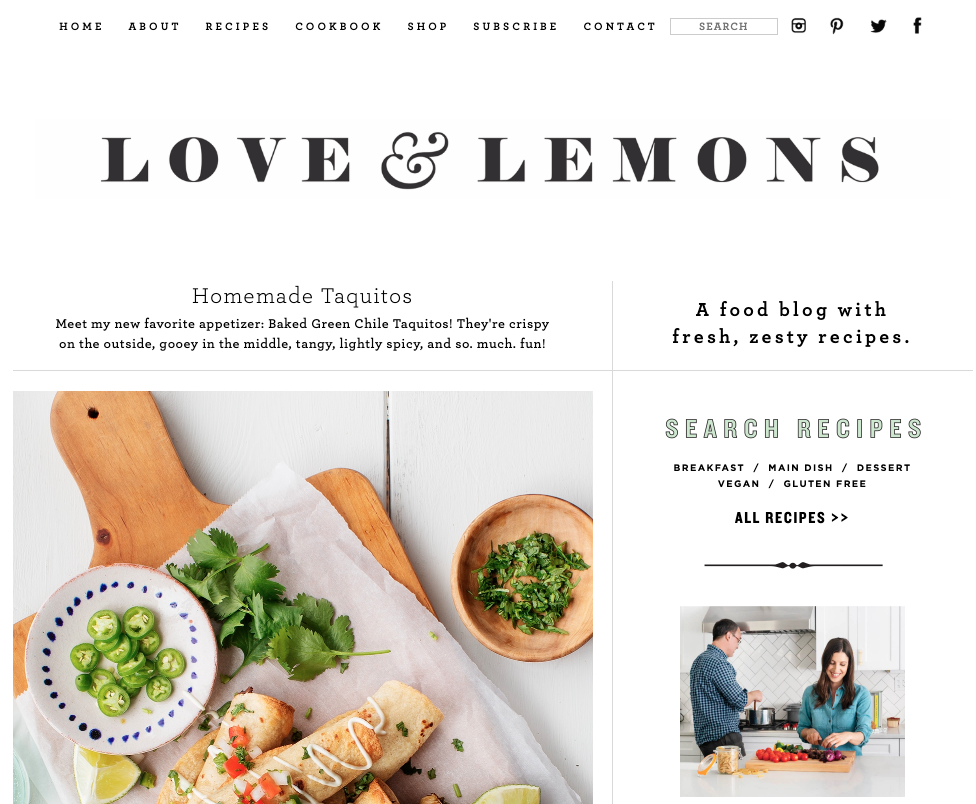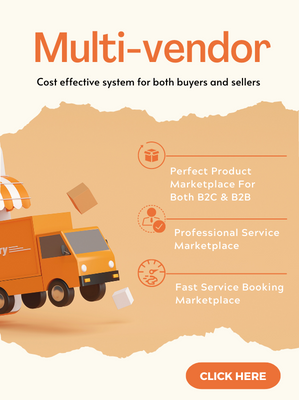If you’re running a food blog, you need to seriously think about various ways to monetize it. Food blogs are popular and can be easy to monetize. But like all other work-at-home options, this includes planning, follow-through, and persistence to be successful.
Don’t be put off if you don’t know where to start; you don’t need to know how to code or even need to pay any money to get set up. Your blog will have your own distinct look, and it will be able to scale with you as your blog grows. Here are some basic steps to create a food blog and make a profit from it.
Food blog: 9 steps to create and make a profit

Step 1: Pick an appropriate niche for your food blog
Food blog creating is a saturated industry in recent years. Writing about everything related to food is great, indeed. But coming up with some out-world ideas will help you differentiate yourself and attract more readers. So if you want to create your unique food blog, pick a niche to specialize in is crucial. Once you have decided on your niche, and have some recipes ready to share, you are ready to create your food blog. Here are some niche to consider:
- DIY food recipes
- Food review
- Organic cuisine for pet
- Workout recipes
- Country’s bizarre snacks
- Low-budget recipes
- …
Step 2: Find and buy a matching domain name
You want to stand out from the crowd and be memorable? You want to give your readers a glimpse into who you are? This is the answer: A memorable, favorable URL and an easy-to-remember name. These 2 things are the most important to make your site flourish at the first step. If people can’t find your page, then they’ll miss a lot of stuff you offer. Moreover, the domain you choose should be .com, .org or .net, and avoid .biz and .info, because they can be considered as spam. In the long run, your site must be more and more professional. Therefore, go for a paid version is much better than a free version.
Step 3: Choose a great web host
A web host stores your website and makes it accessible to the worldwide web. In other words, your website “lives” on your web host’s servers. Therefore, you’ll want to start with an affordable shared hosting plan. Just like the name suggests, a domain host is a platform that specializes in hosting your domain name. A domain name is used in a URL address for a website, such as magesolution.com. In this example, the domain name is “magesolution”. Moreover, most hosting platforms offer great discounts on the first hosting year. In short, once you sign up for hosting, you’re ready to actually build your food blog.
Step 4: Organize with CMS Magento
If you want to be up and running the same day, we would recommend using an established content management system: Magento. It’s super easy to get started and you can choose a custom theme and layout that’s best suited to you and your new blog. Here are some great reasons you should use CMS Magento:
- Magento reduces the load on the server and increases user interaction considerably.
- Magento has an improved checkout process.
- Magento 2 offers enhanced indexing which increases the query performance speed.
- Magento 2 also offers compatibility with the latest PHP frameworks
Our site – MageSolution provide the best Magento themes and extensions. For more information, you should visit: MageSolution
Step 5: Purchase a suitable theme
There are tons of themes to choose from, many of which are free but you can also pay for more bespoke or specialized themes. However, you should ensure that the theme you choose is responsive to different devices. Also, you should keep your posts organized with different categories and tags, these could include ingredients, types of the meal or festive seasons. Moreover, you can add a search bar to your page which is great for searching by keywords or ingredients. Sub-categories can also be included to help your readers narrow it down. But, don’t overload them with too many choices. To sum up, this will definitely boost your traffic and increase conversion rates.
Step 6: Add quality images and videos
As your audience can’t taste your food, images are all they have to judge. This makes images become the first priority, as for the visual impact on users. Great blog images not only show off your skills and attract the readers, but they also serve as a great visual reference. As well as a picture of the finished meal, consider also including images of the recipe process when you go along. Photos can also be used to demonstrate difficult cooking methods or add extra support for recipe instructions. These powerful options will enable you to display your recipes and dishes in eye-catching layouts, appealing directly to your target audience. Also, videos are helpful in some ways, especially in solving difficult problems.
Step 7: Add rich snippets to your food blog
Rich snippets are awesome for searching result. This will help you grab the reader’s attention, and improve your click through rates. Though rich snippets are just pieces that appear with the meta description, these tiny bits could also get your site featured on rich cards that only appear in mobile devices. The SEO benefits are greatly valued, so if you want to publish on your food blog, add rich snippets to your site is one of the most important. We – Magesolution provides Google Rich Snippets for Magento 2 Extension to improve your website visibility and providing exclusively targeted traffic to your store page.
Step 8: Use social media for coverage
When it comes to the 4.0 industry, the importance of social media cannot be underestimated.
Pinterest and Instagram are the obvious social media platforms for food blogs to target, as their image-heavy approach is a perfect images. In short, you would want to bettering your online store from contact to your social media accounts. As a result, your traffic may be boosted, both revenue and selling rates.
Step 9: Start blogging
After you had prepared everything, it’s time. By having enough features as well as quality content that are all around the site, this will eventually boost your site to the fullest. In other words, you’re ready to start publishing posts on your new food blog.
As you can see, creating a food blog is all about hard work and time-consuming. If you don’t put enough effort into your food blog, the consequences are inevitable. However, such financial rewards can make it well worth the effort. By following these steps, this will surely help your blog site developed and flourish. Here are some small reminders and recommendations that you probably need to become a great food blog owner:
- Be consistent: Start a blog is one thing, and maintain this blog makeup is another important theme.
- Be unique: You should be authentic and as original as possible. However, keeping in mind what your readers want is also important.
- Be happy: Don’t be too serious and academic in your work. Just relax and let your idea do the work.
We – MageSolution provides a wide range of different extensions and themes, which will give your site the best interface as well as the seamless backend configuration. As a result, the customer’s experience will rise up and the conversion rates will follow the trends.



